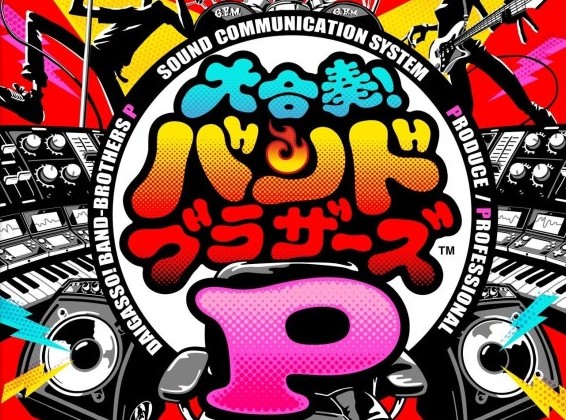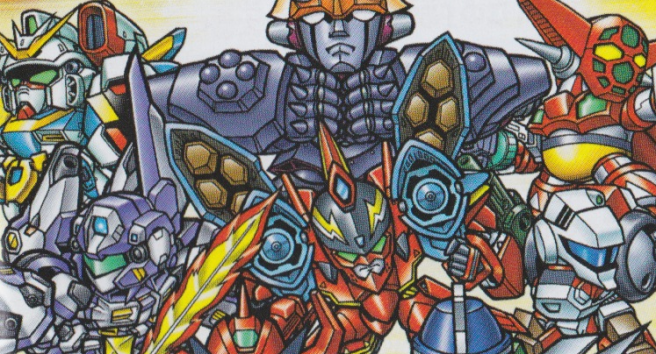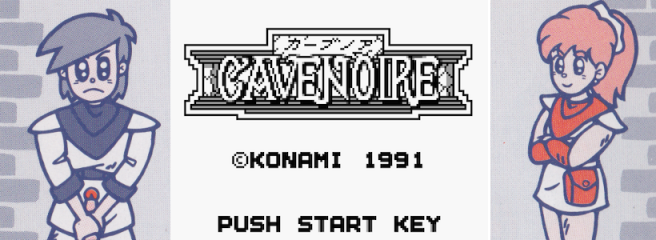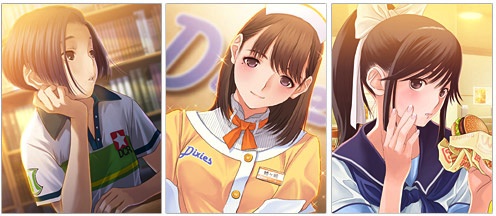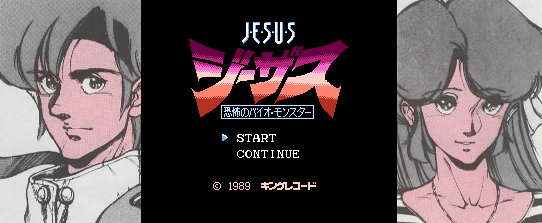[Famicompendium] Daigasso! Band Brothers P
Posted on 10 years ago by Patrick(@Patricklous) in 3DS, 3DS eShop, Famicompendium, Features | 4 Comments
It’s been a long time coming, but Nintendo Everything’s longest-running feature with the lowest number of updates is back and ready to cover a whole new platform of import games. I not so recently bought a Japanese New 3DS while overseas so now I can actually write about games that came out during this decade. And now six months later I’m finally taking some time out from managing my Girls Mode 3 store and decorating my home menu with badges of Waluigi in a train to review my favourite Japan-exclusive 3DS title I’ve played so far – Daigasso! Band Brothers P. This game mixes rhythm gameplay with the ability to create and share your own composition to create a unique experience that’s unlike anything else on the 3DS. There aren’t many other games that do such a great job of making players feel like they’re part of a band – and without a single plastic instrument, too!
[Famicompendium] Super Robot Wars D
Posted on 11 years ago by Patrick(@Patricklous) in Famicompendium, Features, GBA | 5 Comments
So lately I’ve been hooked on a little game called Destiny. Like many others, I got sucked into its futuristic world and addictive gameplay of upgrading weapons to shoot down waves of aliens. Sure, sometimes fights take far too long, but it’s still quite impressive for a Game Boy Advance game. Yep, Super Robot Wars Destiny (D for short) is one interesting strategy RPG and a good jumping-off point for discussing the Super Robot Wars series as a whole. Hope you like giant robots!
What makes the Super Robot Wars titles fascinating to me is the way in which they mix together various robot-centric anime characters and storylines into one cohesive crossover game. In other words it’s officially sanctioned fan-fiction masquerading as a strategy RPG. Confusingly, two of the GBA entries in the series were released in the US with the Japanese title “Super Robot Taisen”, probably to avoid any legal issues with a certain similarly named TV program (real talk: a strategy RPG featuring the likes of Sergeant Bash and Sir Killalot would be awesome). Despite featuring the same gameplay mechanics, these “Original Generation” games were centred entirely on original characters free from any messy anime licenses, which is probably why they never clicked with me. Sure, taking turns leading militias of mecha into battle with each other is a decent enough premise for a game, but the thrill of seeing the likes of Gunbuster and Gurren Lagann team up and be faithfully adapted to an RPG form is the big draw of the series for me. I can’t think of any equivalent in western media that doesn’t involve teaching kids about the dangers of marijuana. The Super Robot Wars games are those rare licensed games that are not only perfectly playable, but totally get the appeal of the source material and adapt it in interesting ways.
[Famicompendium] Cave Noire
Posted on 11 years ago by Patrick(@Patricklous) in Famicompendium, Features, GBA | 4 Comments
Okay, so I know that I teased that I’d be writing about a different game in the last column (which was posted five months ago, holy crap) but there’s a reason for that. Turns out that a game that’s essentially “Style Savvy but also a dating sim” isn’t all that unique when Nintendo ended up adding boyfriends to Style Savvy anyway. So instead I chose to write about one of my favourite Game Boy titles in celebration of the handheld’s 25th anniversary (which was three months ago, holy crap). Yep, that chunky handheld sure gave us plenty of timeless experiences like Link’s Awakening, Mole Mania, and Revenge of the Gator’s title screen, but today I want to focus on a lesser-known classic for Nintendo’s monochromatic machine, an early Japanese dungeon crawler called Cave Noire published by Konami way back in 1991.
More: cave noire, famicompendium, Game Boy, highlight, Konami
[Famicompendium] LovePlus – Together in electric dreams
Posted on 11 years ago by Patrick(@Patricklous) in 3DS, DS, Famicompendium, Features | 3 Comments
Hey everyone, how was your Valentine’s Day? Maybe you spent the day with your loved ones; maybe you spent it devouring chocolate. Personally I spent the day slaving over a Word document, trying my hardest to convey my true feelings on a truly bizarre romance. No, I wasn’t writing some kind of love letter – I was musing on Konami’s hella heteronormative “girlfriend simulator”, LovePlus. Games tend to stay away from handling romantic relationships, especially when compared to other mediums, so I was curious to see if this Nintendo DS title was really as original (and weird) as I’d heard. So can love truly blossom between a grown man and a DS cartridge?
The answer to that question is no. Absolutely not. But as someone who is fascinated in the potential of games to blend narrative and gameplay in developing fictional relationships, LovePlus is an incredibly interesting, albeit flawed take on interactive romance.
More: famicompendium, highlight, loveplus, top
[Famicompendium] JESUS: Kyōfu no Bio Monster
Posted on 11 years ago by Patrick(@Patricklous) in Famicompendium, Features, General Nintendo, News | 2 Comments
Have you ever bought a game based on nothing but the title? I sure have and that’s why I’m now writing about Jesus: Ky?fu no Bio Monster (or to use the fan-translated name – Jesus: Tale of the Dreadful Bio-Monster). Don’t go into Jesus expecting some kind of insane Japanese take on Christianity, though, as it’s more about researchers fighting space monsters and anime girls rocking out on synthesizers – or sometimes both at the same time. It’s hardly the most exciting game to play, but it still manages to be crazy in its own way.
More: bio-monster, famicompendium, highlight, jesus, top
[Famicompendium] Osu! Tatakae! Ouendan – My cheers are burning red!
Posted on 12 years ago by Patrick(@Patricklous) in 3DS, DS, Famicompendium, Features, News | 4 Comments

Author: Patrick
I hope you all like anime cheerleaders and J-pop, because this week I’m taking a look back at a pair (or is it a trio?) of quirky rhythm games produced by iNiS that are up there as personally my favourite games on the Nintendo DS. As a development team that takes a clear musical direction with each of their games (iNiS itself stands for Infinite Noise of the Inner Soul), they understand how to create a perfect blend of personality and compelling gameplay unlike anything else out there. Case in point: their 2005, Nintendo-published title – Osu! Tatakae! Ouendan (“Yeah! Fight! Cheer Squad”, if you were wondering why nobody ever translates its name) In an interview with 1UP, the game’s director Keiichi Yano stated that iNiS’s philosophy was to create games with “passion” – both in terms of the act of making the games and the actual content. Rather than making games as pure entertainment, he wants to create experiences that “make people feel good”. None of their games exemplify this approach quite as well as Ouendan because, really, who can express and incite passion quite like a good cheer squad?
[Famicompendium] Umihara Kawase – Ridiculous fishing
Posted on 12 years ago by Patrick(@Patricklous) in 3DS, DS, Famicompendium, Features, General Nintendo, News | 1 Comment

Author: Patrick
Welcome to Famicompendium – a new regular (or at least semi-regular) column where I’ll be taking a look back at the best and worst the world of import gaming has to offer. From the Famicom to the Wii, I’ll be exploring some of the most fascinating titles to never be officially released in English.
I thought I’d start the column off with an adorable, charming and brutally difficult platformer from the 90s. Lately we’ve been giving a fair bit of coverage to a little 3DS game called Sayonara Umihara Kawase (and hopefully even more once an English version is announced at E3 – don’t leave me hanging, Agatsuma) so it’s worth examining just who the heck Umihara Kawase is and why we’re saying goodbye to her.
